Female Army Combat Medics in Afghanistan
 Oregon Army National Guard Staff Sgt. Jo Turner (left) and Spc. Cheryl Ivanov are battle buddies who stick together and help each other cope with the emotional and mental stress of combat operations in Afghanistan. (Photo by 1st Lt. Amanda Straub)
Oregon Army National Guard Staff Sgt. Jo Turner (left) and Spc. Cheryl Ivanov are battle buddies who stick together and help each other cope with the emotional and mental stress of combat operations in Afghanistan. (Photo by 1st Lt. Amanda Straub) GARDEZ, Afghanistan -
Oregon Army National Guard Staff Sgt. Jo Turner, and Spc. Cheryl Ivanov have found a niche in a "Good Ol’ Boys’ Club" while serving in Afghanistan. Turner, from Springfield, Ore., and Ivanov, from Coos Bay, are female combat medics deployed with Oregon’s 41st Brigade Combat Team. They are attached to the Afghan National Army’s (ANA) 3rd Infantry Kandak, 1st Brigade, 203rd Corps. They provide medical support during missions.
Both women have earned Combat Medical Badges because of their work under fire. They drive armored Humvees for the embedded trainers assigned to the 3rd Kandak during patrols and provide medical support to the ANA, Afghan police, U.S. military personnel and civilians. Turner and Ivanov also mentor ANA healthcare providers and conduct classes for Kandak medics. They say that because they are women, it was a challenge to earn the respect as an embedded trainer among the Afghan soldiers.
March is Women’s History Month, and Turner and Ivanov are examples of women who have broken the glass ceiling in the crucible of combat, once considered a domain for men only. "We’re running the missions and doing the stuff, but we don’t get the credit because we have to do it subversively because we’re female," Turner said. "I’ve been fighting that my whole life." Ivanov says everyone was reluctant to let the women go on patrols with the ANA; no one was sure how the ANA would react. Even some of the U.S. Soldiers were leery. However, their skills were in high demand due to the shortage of medics. Now accepted into the 3rd Kandak, Turner and Ivanov have become an integral part of the team.
"They stared and stared at first," Ivanov said. "Then they saw us sleep on the ground like they did and eat their food like they did. Ever since then, Sgt. Turner and Spc. Ivanov have been O.K."
Master Sgt. Dan Stapleton is the senior embedded trainer in the team. He believes the two have provided invaluable assistance since their incorporation into the 3rd Kandak.
"I don’t think I’ve done a mission without you since you started," Stapleton said to his medics. From the beginning, Turner and Ivanov worked hard to earn the trust and respect of the ANA soldiers and prove their capabilities to American supervisors. The ANA were extremely hesitant to trust them or seek medical care because the two medics are women. An unfortunate incident early in their deployment changed that.
A roadside bomb hit a truck full of ANA soldiers. Their fellow soldiers responded by quickly loading the wounded into another truck and speeding them to Khost before Turner and Ivanov could treat them at the scene.
"It was only our second time out, and nobody had seen what we could do," Turner said. Most of the men in the truck were fatally wounded, but Turner believes they could have saved at least one of the men by applying a tourniquet above his severed leg. Turner said the soldiers killed in the attack were some of the first to befriend and support her and Ivanov, which made the incident more difficult to accept. All but one of the men died.
When the two learned that at least one of the soldiers could have been saved, they made it clear to the Afghan soldiers that wounded warriors should receive treatment before being evacuated. Then the medics climbed into an Humvee and wept for the fallen soldiers as if they were their own.
"When the ANA saw us crying in the Humvee, as upset as they were, they started to trust us," Turner said. "It was a starting point. Now they know we can do tourniquets and call for medical evacuation, and they ask us to go with them. They are upset if we’re not on a mission."
In another incident, 3rd Kandak soldiers were ambushed by insurgents with rocket-propelled grenades and small arms during a patrol. An ANA general was in the convoy and bravely exposed himself to fire to direct his troops. Stapleton jumped from his Humvee to guard the general as he continued to give orders. Turner drove her Humvee into the firefight with another Soldier manning the crew-served weapon in the turret. The ANA respected the medics even more when they saw that Turner was not afraid or hysterical. She didn’t hesitate to take care of her brothers in a firefight.
"The ANA guys treat us like family now," Turner said. "They call us mother and sister." Ivanov and Turner both have children at home. Ivanov is the mother of two boys and two girls. Her husband, Pfc. Ognian Ivanov, is also deployed with the 41st BCT as a weapons repair specialist, stationed at the same forward operating base with his wife. In her civilian life, Ivanov is a lab assistant at Bay Area Hospital in Oregon. She has been in the National Guard for five years.
Turner has two sons and one daughter, all serving in the military. She is the director of nursing services at Eugene’s Good Samaritan Rehabilitation Center and has been a registered nurse for 10 years. She has been in the Army for 16 years.
The two medics deployed for the Hurricane Katrina relief mission in September 2005, but this is their first combat tour.
When it comes to the dangers of combat, they try to be realistic. They know they are putting themselves in danger every time they accompany the ANA on a mission in the dangerous mountain pass between Khost and Gardez. They trust their training and the Soldiers around them to do everything they can to ensure each others’ safety.
"My ANA take care of these women," Stapleton said. "That’s why I don’t worry about taking them out with me. They’re very protective – the ANA are."
Despite the hazards, Turner and Ivanov say that accompanying the ANA on field missions is a wonderful experience.
"It’s awesome!" Turner said. "It’s what we’ve been trained to do."
Medics in the Army receive special training, called Tactical Casualty Care Under Fire, to prepare them to deal with combat. They are trained to secure an area first and treat casualties second. It’s a difficult thing for many medics to postpone treating casualties until a firefight is over. But they have been taught that no one is safe, including their patients, until the enemy threat is neutralized. Even the best medical care won’t help a casualty if they are subsequently injured in further fighting.
"If we have to lay hot lead down range and then treat casualties, that’s what we do," Ivanov said.
Ivanov and Turner roll out with the ANA and their embedded trainers at least once or twice a week. Many of their missions require them to stay in the field for six days at a time. Their longest mission lasted18 days.
"If something goes down, I don’t worry," Ivanov said, "They’re a bunch of good guys. The ANA really have our backs. They’ll take care of us."
"You don’t know how you’ll react until that first ambush," Turner said. "I was mad more than anything."
"It doesn’t really bother me when [insurgents] shoot at us," Ivanov said. "It’s the IEDs that worry me."
Turner and Ivanov began working with the 3rd Kandak in support of humanitarian missions. The embedded trainers would coordinate medical assistance missions to nearby villages to make friends, gather intelligence, and help the local population. Turner was surprised when she began treating a man and an interpreter came up and whispered in her ear, "He’s Taliban."
"It made my stomach turn," Turner said.
Both medics have come to terms with the fact that they must treat anyone who needs help. "At the same time, we get a lot of useful information," Turner said. "For example, we found out about and stopped an illegal checkpoint."
Treating the casualties of war can take its toll on a person. Turner and Ivanov have been exposed to the most extreme injuries of war. Like all medical professionals, they must deal with the fact that they can not save everyone.
They once responded to a rocket attack at a nearby Kuchi camp. Insurgents were aiming at the American base but hit the camp instead, wounding and killing several civilians. The two were appalled at the gore as well as the pain and fear of the civilians, but they swallowed their own anxieties and moved about treating everyone even as another rocket landed just a few meters away.
"It’s our job," Ivanov said. "When you go out you do your job, you don’t think about it until later. You go person to person as fast as you can. You don’t have time to think about it."
When they lose patients or treat difficult injuries, the two are grateful for each other’s support. "The bond we formed before this really helps us get through stuff," Turner said.
They met three years ago during weekend drills in the Oregon Guard. They became "battle buddies" during pre-mobilization almost a year ago. They have been together ever since.
"Luckily we both ended up at Gardez together," Turner said. "Our leadership saw that we worked well together."
Turner and Ivanov provide each other with encouragement, advice, listening ears and strong shoulders when times are tough.
"We’re battle buddies. It’s what we do," Ivanov said. "We would die for each other. You don’t think we would?"
"We have our alone time, but we’re very cohesive," Turner said. "We’re a team."
"There’s something about the battle buddy system that the Army is completely right on," Ivanov said.
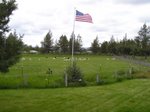













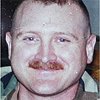


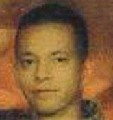









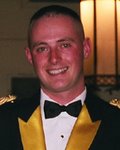






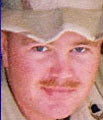
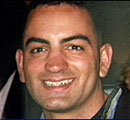




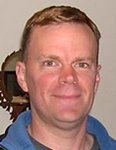
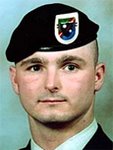


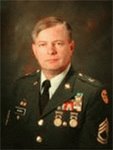

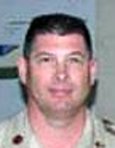
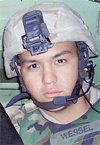
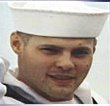
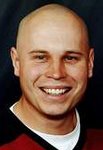
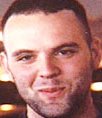
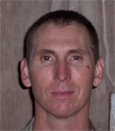

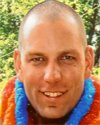
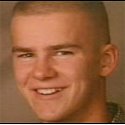
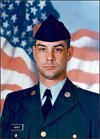


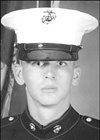
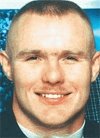
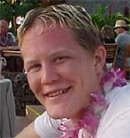

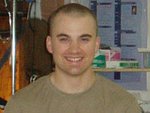

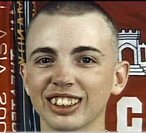


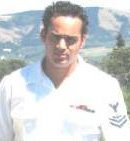

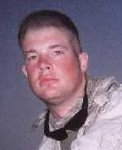
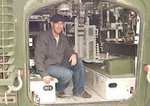
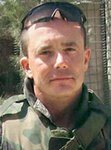

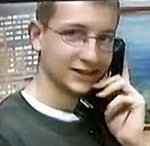

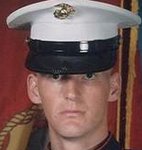
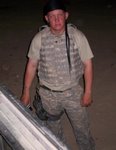
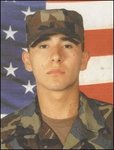
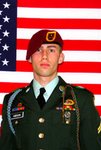

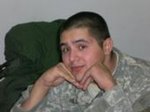
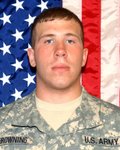





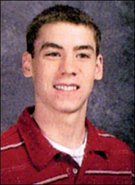
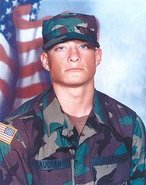
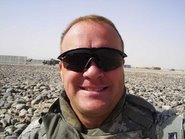
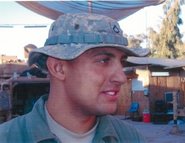
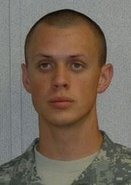
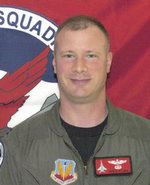
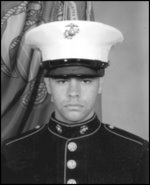
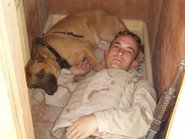
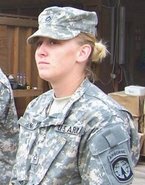
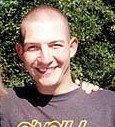
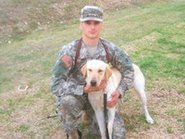

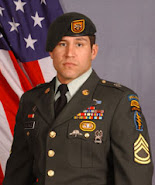






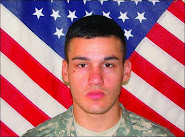



2 comments:
Truly a "Brave New World" - Impressive stuff.
Aren't they great!!!
Post a Comment